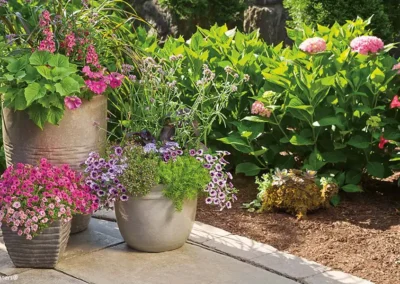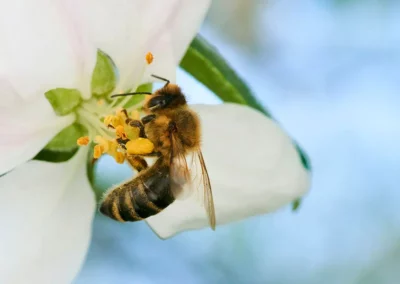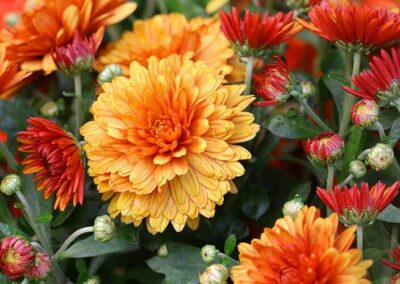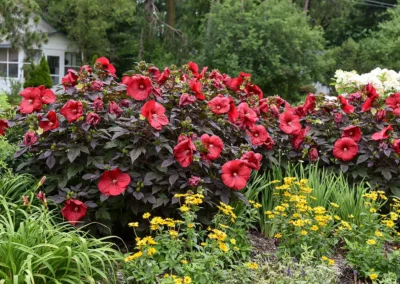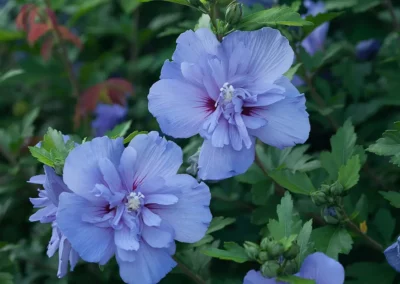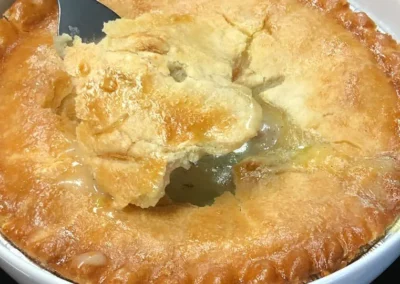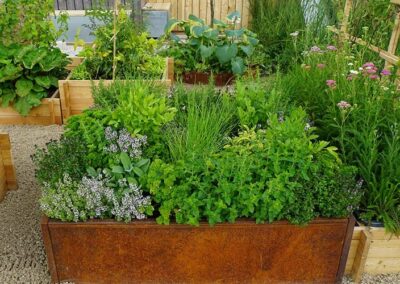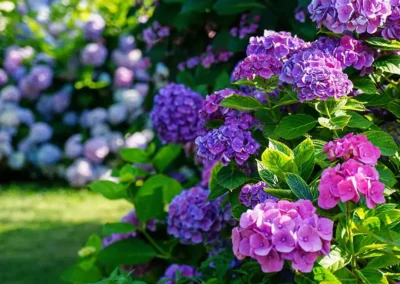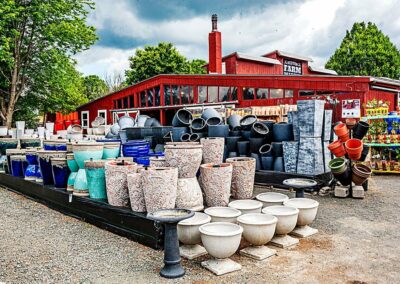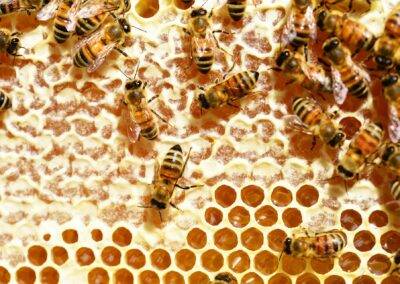You just put water on your plant when it’s thirsty, right? How hard can that be? Well… It’s not hard, but there IS a proper way to do it to keep your plants healthy.
If you’re in unfamiliar waters, so to speak, we want to help. It’s typically not the lack of water that’s the issue. In fact, overwatering your plants is one of the most common ways plants die.
First, confirm what kind of moisture your plants need.
Are your plants like you, and need a good drink when they’re a bit thirsty? Or do they like it drier, with a long drink every now and then? Or are they happiest in a wetter environment when they have “soggy feet?” It’s a good idea to keep plants with similar watering needs together so you can ensure they get what they need to live happy, healthy lives.Check the soil before watering to see if it’s dry.
Whether you use a moisture probe or your finger (which is a fine gardening tool), poke down a few inches to see if the soil is indeed dry. If it is, start watering! If it’s not, wait a day and check again.
Water at the root level.
Rather than watering over the top of your plant, getting the leaves saturated (and creating an environment where mold and mildew can form), it’s best to direct the water at the soil, letting it soak in and making sure the entire root ball is getting a nice, thirst-quenching drink. Your plant’s roots may be just as wide as your plant itself, and maybe a foot or so deep, so picture that when you’re doing your watering
Water in the morning.
The idea is that if you water in the morning and you do happen to get the leaves wet, your plant has time for the sun to dry them out. When foliage is dry, it’s harder for diseases to take hold.
Also, the morning is better than mid-day when evaporation can be a real issue.
Second choice if you can’t water in the morning is to water in the evening to avoid evaporation. (But be even more careful not to get leaves wet…)
Water slowly and deeply.
Just like you, your plant needs time to drink appropriately, rather than have a blast that either runs off the soil’s surface or makes inefficient puddles. When you water slowly, especially in the beginning, the top few inches of the soil get moist, making it easier for more water to be absorbed.
Also, watering slowly and deeply encourages your plants’ roots to stretch out and reach down for residual water, even when the surface of the soil appears dry.

Make every drop count!
Soaker hoses and drip irrigation are best (see tip above), but using a water wand is also good, putting the water right where it needs to be: on the root zone.
Don’t overwater…
Again, this is the number one way we can “love” our plants to death. Don’t drown them! Plants need oxygen as much as they need water. For most plants, it’s best to let the soil surface dry out a bit between waterings.
This is especially important with container plants. Watering deeply and less frequently can be your secret to happy, beautiful plants.
…And don’t underwater.
If you’re not on top of things and you allow the soil to get too dry, the fine, hair-like projections on the ends of your plant’s roots may be damaged. When plants have to regrow these root hairs, it saps energy that would otherwise be going to flower and fruit production.
Use mulch to conserve moisture.
This is such an easy thing to do. Whether it’s shredded leaves, pine needles, or shredded bark or nuggets, covering the soil around the base of your plants can really help reduce evaporation and minimize runoff.
And, if you use organic mulch, the organic matter it adds to the soil can improve your soil’s water-holding capacity. Win-win-win!
BUT, be sure you spread your mulch to an effective thickness: at least two inches and no more than four inches. When it’s too thick, it can prevent moisture from reaching the roots. Have more mulch questions? See our mulch blog for all the answers!

Containers dry out more quickly.
Soil in pots will dry more quickly than soil in a garden bed. And the smaller the pot, the more frequently it will need to be watered.
So during the heat of summer, it’s a good idea to check your plants in containers once a day, and then water as needed. This is where we might point you to learn more about our AquaPots, beautiful pots that have a built-in watering system…
A toast to watering your plants well!
Give them what they need and they’ll return the favor… If you have other questions about properly watering your plants—or hey, what about feeding them?—your Garden Market friends are right here ready to help!










